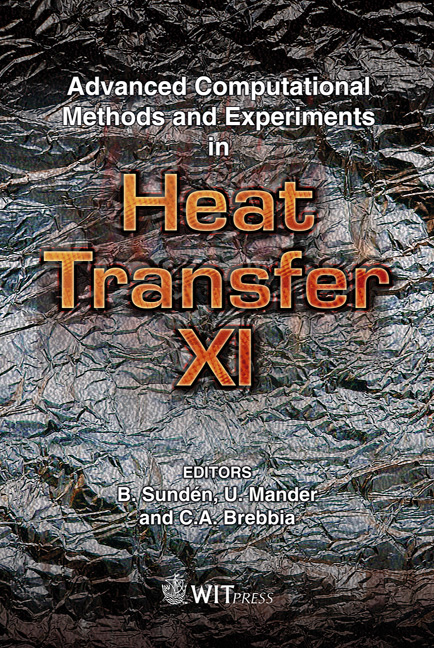Impact Of External Factors On Humidity Migration Processes In Walls Made From Autoclaved Aerated Concrete
Price
Free (open access)
Transaction
Volume
68
Pages
12
Page Range
279 - 290
Published
2010
Size
3,689 kb
Paper DOI
10.2495/HT100241
Copyright
WIT Press
Author(s)
M. Vilnītis, J. Noviks, B. Gaujēna & J. Paplavskis
Abstract
The paper is devoted to the analysis of humidity migration and heat transfer processes in walls made from a new generation of autoclaved aerated concrete blocks. The paper gives experimental results of humidity migration and heat transfer processes in a new generation of autoclaved aerated concrete walls as well as measurements of climatic data during the experiment. Analyzing experimental data, the model for climatic data evaluation in the Baltic Sea states was created and tested. The influence of a new generation of autoclaved aerated concrete wall finishing materials on the drying process of the wall was also studied in this paper. Keywords: autoclaved aerated concrete, climate modeling, humidity migration. 1 Introduction With this publication we would like to share experimental and theoretical studies on a new generation of autoclaved aerated concrete wall moisture migration modelling in relation to conditions and external finishes’ effects. The term of new generation of autoclaved aerated concrete in our publication, is understood as autoclaved aerated concrete blocks with volume weights from 300 to 400 kg/m3, a dimensional accuracy of +/- 1 mm and forming joints in wall with glue mortar. In the European Union, former USS Republics and the Baltic states various research, technological and practical activities have taken place [2–5] dedicated to the decision of the heat-engineering problem of walling and
Keywords
autoclaved aerated concrete, climate modeling, humidity migration





